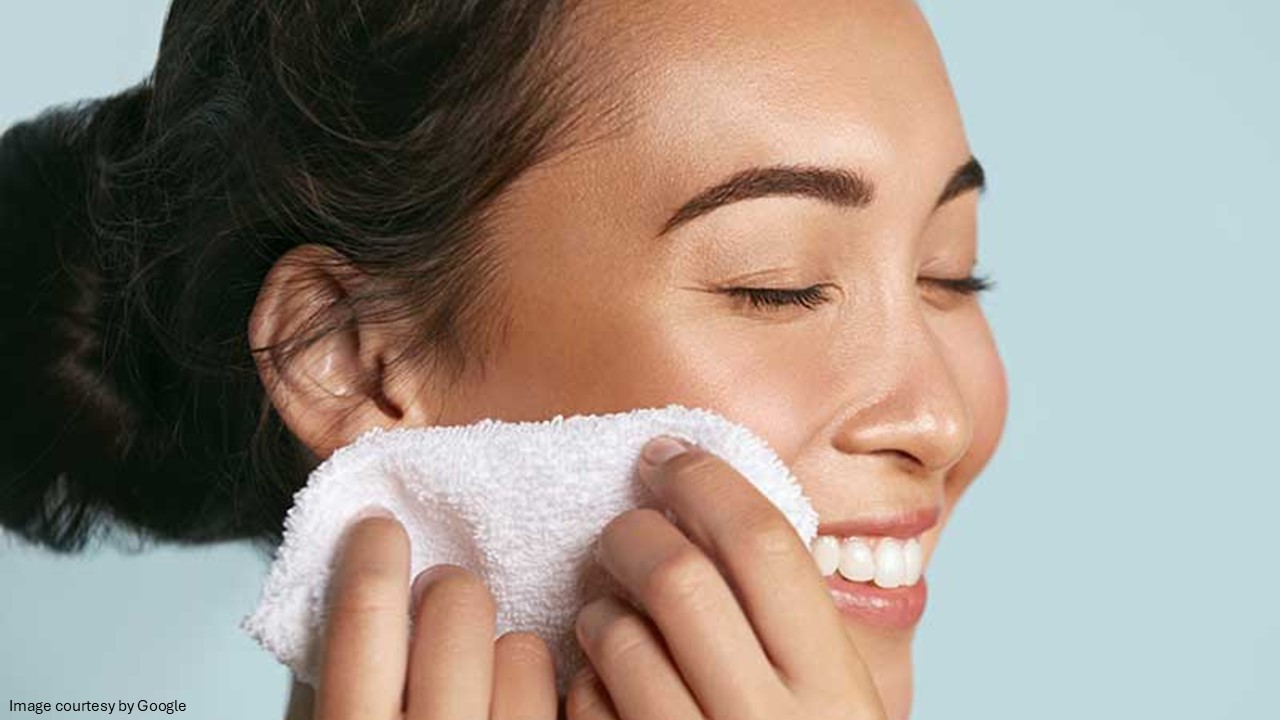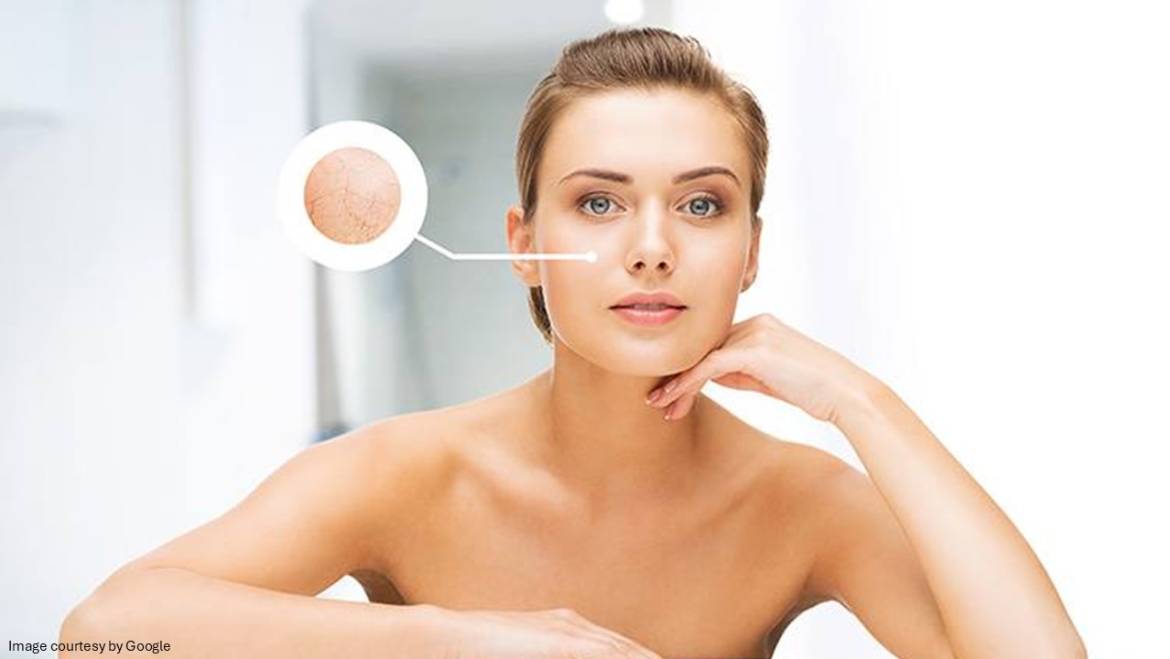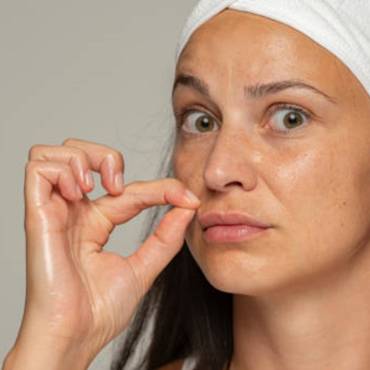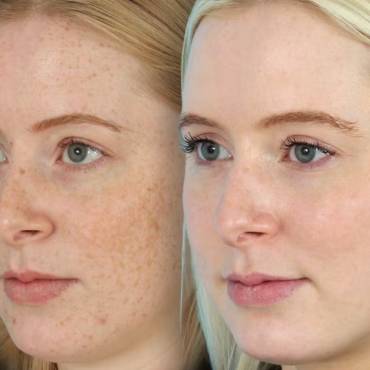Dead skin can have a significant impact on your skin, and it is beneficial to help your skin by removing these dead cells from the skin’s surface. This article will help you explore the possible causes of dead skin build up, ways to prevent it, and why good skincare is essential to avoid dead skin build up.
Shedding of dead skin cells is a natural part of the renewal process, revealing newer, healthier cells beneath the surface. However, these cells sometimes don’t fall off as they should and accumulate on the skin’s surface, contributing to a rough texture, dullness, and clogged pores. The dead skin builds up on the face and body when the normal shedding process slows down due to various factors, such as environmental stress, ageing, or irregular skincare routines. Understanding how to remove dead skin from the face and body is essential for maintaining smooth, healthy skin and preventing common skin concerns, such as acne and uneven skin tone.
What happens if dead skin builds up?
Dead skin cell build-up occurs when the epidermis, the outermost layer of the skin, doesn’t shed properly. As a result, skin restoration and the replacement of damaged tissue don’t occur. With age, this natural process slows down, and external factors, which include sun exposure, pollution, and harsh skincare products, can exacerbate the condition. The accumulation of dead cells on the surface results in blocked skin pores, rough patches, and a dull complexion. Understanding the exact reason behind the accumulation of skin cells on the face and body enables us to take the necessary measures to prevent the issue and adopt a skincare regimen that promotes effective removal of dead skin cells.
What causes dead skin cell build-up?
- Age: As people age, the rate at which skin cells renew themselves naturally slows down. In young people, skin cell turnover occurs approximately every 28 days, but with age, this process can slow down and extend to every 40 to 60 days. This is the reason why mature skin appears more uneven and dull than ever before. The slower the skin’s turnover rate, the longer the dead cells remain on the surface, resulting in rough texture, fine lines, and wrinkles. Ageing is a natural and inevitable cause of dead skin build-up, but it can be managed through appropriate exfoliation techniques and a skin care regimen that supports the cell renewal process.
- Improper skincare: Improper skincare is another common reason behind the accumulation of dead skin cells, such as not following a proper skincare routine. Inadequate cleansing can leave behind dirt, oil, impurities, and cosmetic residues that trap dead skin cells, causing them to remain on the skin’s surface. On the other hand, using harsh skincare products, overwashing, applying products that dry out the skin, and stripping the skin’s natural oils ultimately lead to dead skin build up. Therefore, it is extremely important to follow a regular skincare routine that includes gentle cleansing, proper exfoliation, and appropriate hydration, ensuring the effective removal of dead skin cells.
- Lack of appropriate exfoliation: One of the significant causes of the build-up of dead skin cells is incorrect exfoliation. Everyone should know that exfoliation is a simple technique for eliminating dead skin cells from the skin’s surface. When exfoliation is not included in a regular skincare routine, dead skin cells accumulate, contributing to clogged pores, blackheads, whiteheads, and dull skin. Exfoliation through physical means, such as scrubs or tools, involves the manual removal of dead skin cells. This method is extremely effective, but it is essential to be gentle and use nonabrasive products to prevent skin damage, especially in individuals with sensitive skin. Over-exfoliation with harsh scrubs can disrupt the skin barrier, leading to irritation and increased sensitivity.
Moreover, another exfoliation technique is chemical exfoliation, which is often a gentler approach and is considered more effective for individuals with sensitive skin. The technique is made to get deeper into the skin pores to dissolve oil and dead skin, making it the best option for acne-prone skin. It should be done under the supervision of an expert.

- Sun exposure: Unprotected sun exposure can lead to skin dryness, development of dark spots and thickening of the skin’s upper layer (epidermis).
- Lack of moisture: Dehydrated skin is one of the contributing factors to the build up of dead skin cells. Insufficient moisturization can trap dead skin cells on dehydrated skin. When your skin lacks moisture, it appears dry, flaky, and more prone to accumulating dead skin cells.
- Hot showers and baths: Extreme hot temperatures are not good for your skin. Hot showers can affect your skin’s natural moisture barrier. This causes the skin to lose its ability to combat dryness, ultimately accumulating unwanted dead skin cells.
- Health conditions and medications: Certain skin conditions, such as psoriasis or dermatitis, can also lead to a build up of dead skin cells. These skin conditions cause the skin to become flaky and inflamed, contributing to excessive accumulation of dead skin cells. Additionally, certain medications that can affect hormone levels may contribute to the accumulation of dead skin cells.
How to prevent dead skin?
As mentioned above, dead skin cells gather on the skin’s surface due to improper skincare, ageing, and environmental conditions. In these cases, an effective skincare regimen that involves cleansing, exfoliation, and hydration can help prevent the skin problem. Daily cleansing can remove some dead cells and impurities from your face. Exfoliating once a week with a gentle product can help eliminate dead cells from the skin’s surface before they accumulate. Additionally, it supports the growth of new and healthy cells, leaving your skin young and radiant.
Maintaining proper hydration helps prevent dead skin cells from collecting on the skin. Dry skin develops a rough texture that can create a barrier, trapping dead cells beneath the surface. Hence, dry skin causes flakiness and is susceptible to breakouts and irritation. Using a high-quality moisturizer that suits your skin type can help prevent the build up of dead skin. Regular moisturization helps maintain the skin’s hydration level and prevents dead cells from accumulating, ultimately leaving the skin healthier and more radiant. Your dead skin care morning routine should include applying a sun-protecting factor, as ultraviolet rays from the sun can be harmful to your skin, ultimately damaging the cells on the skin’s surface, which in turn increases the chances of dead skin production.
Takeaway!
Dead skin cells are a natural part of the skin regeneration process. They have an impact on your skin, and it is important to help your skin by removing these dead cells. Exfoliation is an effective way to remove dead skin cells, resulting in smoother and softer skin. Be sure to determine the products and types of exfoliants you can tolerate and always follow up with moisturizer and sunscreen as part of your dead skin care routine.



